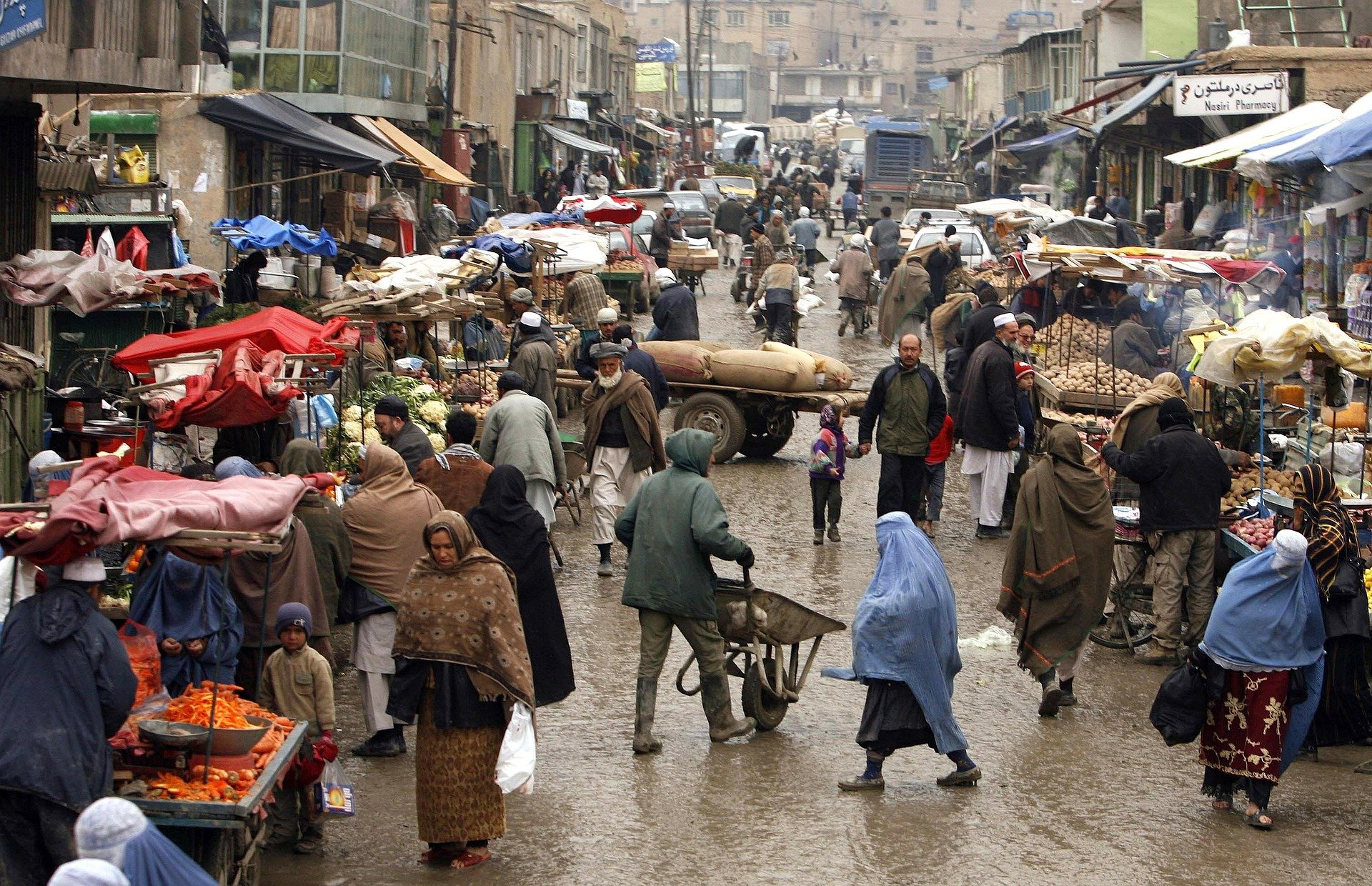The capital city of Afghanistan, Kabul, was overrun by the Taliban on the 15th of August 2021. However, to the surprise of many, there was very little to no resistance. The Afghan National Army did not put up much of a fight against the Taliban; this is something that was evident all across the country as the Taliban took district after district in a matter of days. While originally many experts did estimate that the Taliban takeover would be inevitable, they thought it would take at least a few months before they reach Kabul. United States President Joe Biden, while discussing with the media, played down the scenario, even going on to say that “the likelihood of Taliban overrunning everything and owning the whole country is highly unlikely.”
What could the United States have done better in Afghanistan?
Taliban ideology does indeed resonate throughout Afghanistan which, is one of the reasons why the US and its allies were unable to defeat the Taliban through brute force: an ideology cannot be eliminated through weapons. However, after toppling the Taliban government in 2001, the US, NATO and their allies throughout the years established themselves firmly in Afghanistan, firmly enough to have a strong bargaining power. While most analysts would agree that the change in status quo and the Taliban’s rise was something that would eventually happen whenever the allied forces pulled out, they also point out that the US could’ve negotiated a better deal back when they had a larger presence and a stronger negotiating power. Such a deal that could have resulted in the creation of an all-Afghan inclusive government.
Now, as the Taliban were at the gates of Kabul, the Ashraf Ghani administration had very little to offer to the Taliban when it came to negotiations and at that point an unconditional surrender of the Afghan government was looking imminent. The Doha peace talks eventually lost its purpose too.
The new comparatively ‘liberal’ Taliban:
The Taliban resurgence brought renewed fears of the brutality of their regime back in the late 1990s. But so far, the Taliban have used a much softer hand by calling for an amnesty of all those who fought against them, having open media conferences and allowing women to participate in the government. Analysts believe that this is just a way of gaining international acceptance. According to an interview with the The New York Times, Crystal Bayat, an activist in Afghanistan who protested on the Afghan independence day against the Taliban regime, says “every Talib was saying that you are free only for 20 days”, signifying that the Taliban might intend to undo some of what they have previously promised.
Considering the fact that Afghanistan is a country with a very low literacy rate and very few qualified individuals, the general amnesty may be a way to persuade people to stay in Afghanistan and help them establish a working government, as most of the qualified officers and staff worked with the former Islamic Republic of Afghanistan. So, the amnesty can be termed as more of a necessity for the Taliban regime. According to Hashmat Ghani, the brother of exiled President Ashraf Ghani, “they know how to bring security, [but] they’re lacking totally when it comes to finances and having educated people that can run the country”.
What does it mean for its neighbors?
Afghanistan’s central Asian neighbors, such as Tajikistan and Uzbekistan, conducted military drills with the Russian Federation as a way to confirm military readiness. On the other hand, Pakistan has ramped up its border defenses to prevent a possible spillover of the war as the Taliban ideology resonates in parts of Pakistan as well. The other spillover of the war, according to the government, is in the form of refugees. As of today, Pakistan hosts the largest number of Afghan refugees in the world. As a developing country with a struggling economy, along with a weak security system and database issues, hosting such a large number of refugees has turned out to be a gargantuan task, which is why the living conditions of refugees remain substandard. Afghanistan’s northern neighbor China’s concerns are more related to the ETIM (East Turkestan Islamic Movement) movement, which it considers a terrorist organization. China fears that a lack of stability in Afghanistan would allow ETIM militants to find a safe haven in Afghanistan and use it to infiltrate the bordering Xinjiang region of China. Therefore, China has been coordinating with the Taliban to ensure that Afghanistan isn’t used for activities against other countries, particularly China.
So, what should we expect from the Taliban in the future:
The Taliban right now are on a pretty tight rope, they have to stick to their proposed system while ensuring acceptance of their regime in the international community. This is one of the reasons why they seem to have amended their interpretation of Islamic law, which is softer as compared to the one we saw back in their pre-9/11 regime. Moreover, the Taliban have a well-functioning media and PR team that are able to represent them in a much better way than ever before.
While the Taliban have made promises, such as to allow women to get educated, allowing presence of international media and complete deterrence of terrorism against other countries from Afghanistan, experts believe that it is still very early to judge how many of these promises will stay intact as the Taliban are yet to create a working government system in Afghanistan. Therefore, in reality, the future still remains uncertain.


1 comment